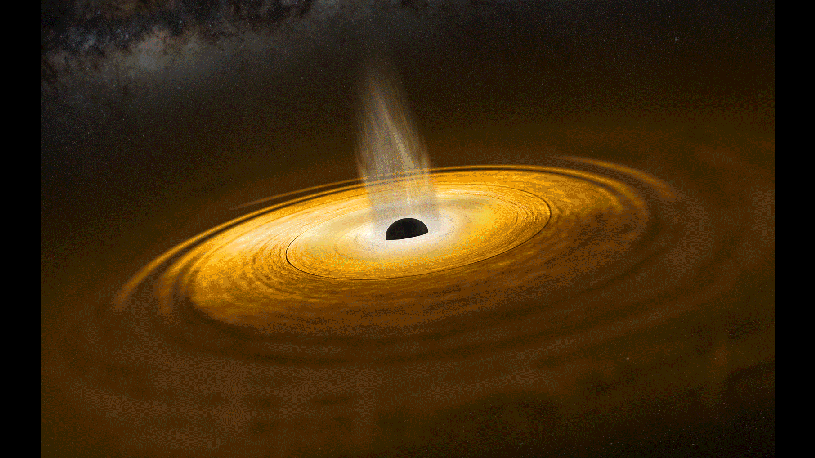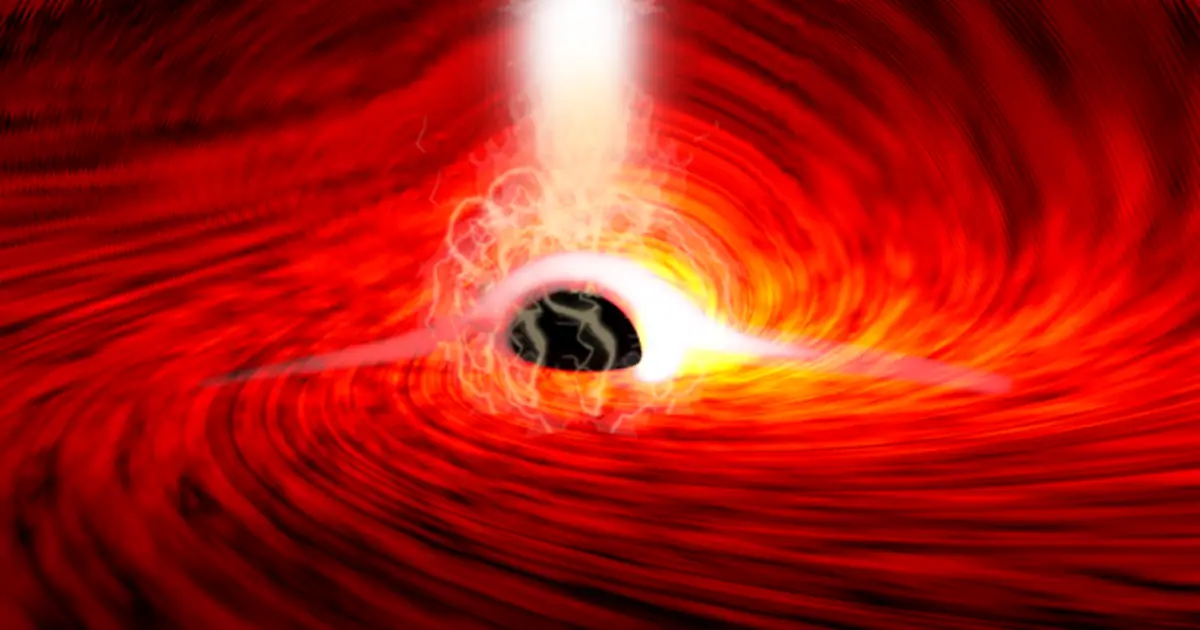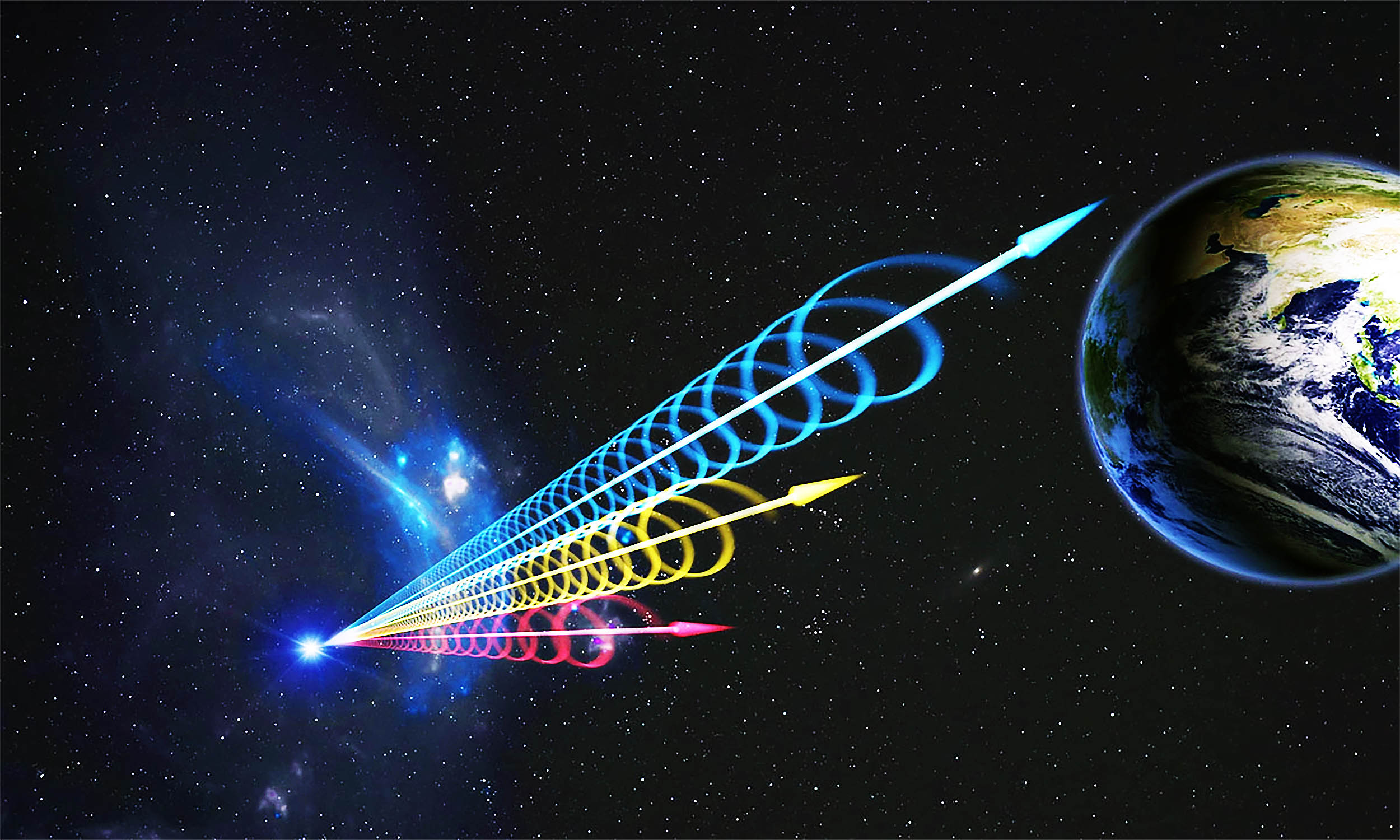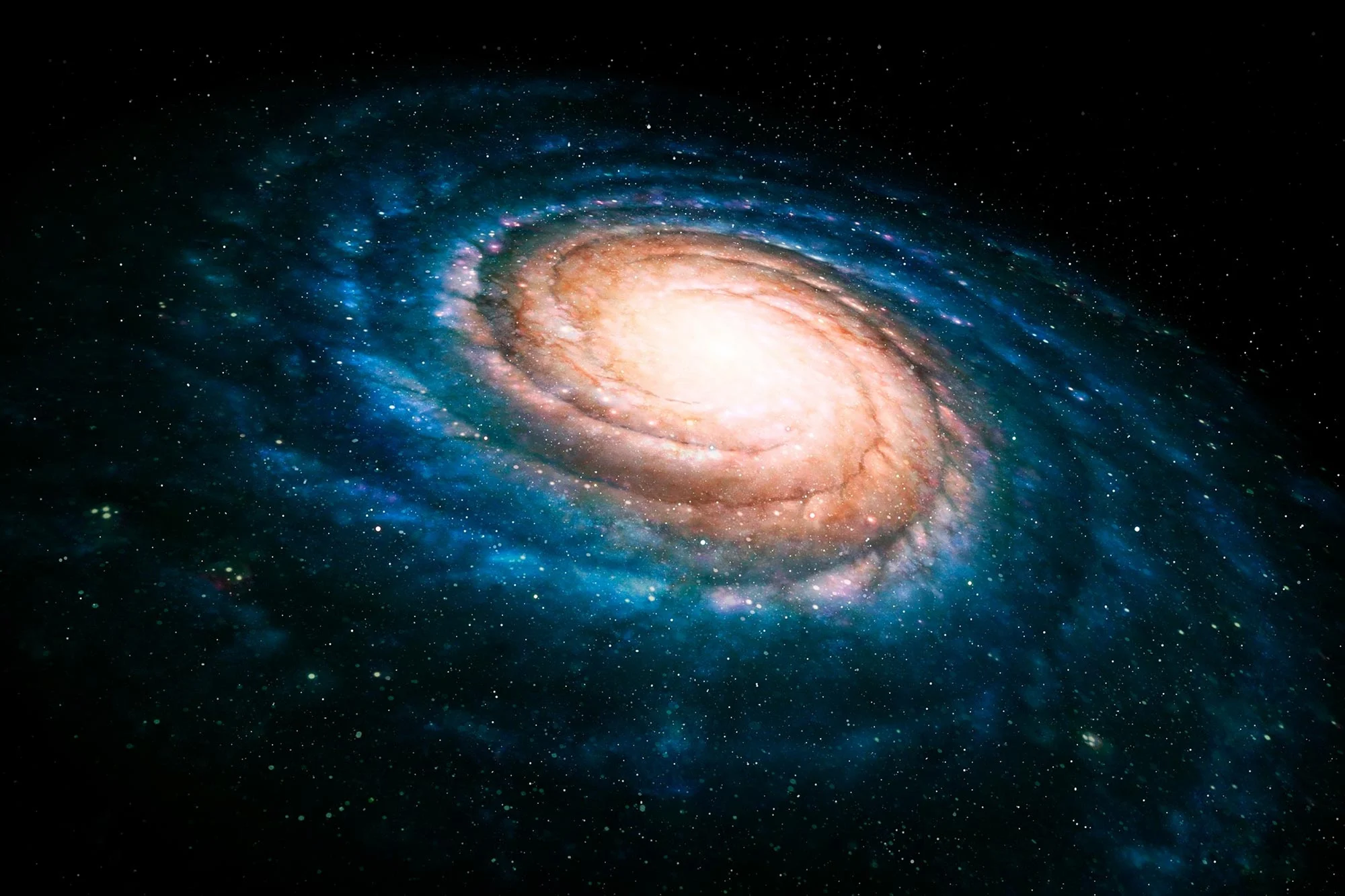All our science, measured against reality, is primitive and childlike – and yet it is the most precious thing we have. – Albert Einstein (1879-1955)
TL;DR
Astronomers have observed light bending around a black hole, a phenomenon predicted by Einstein’s theory of general relativity. By studying X-rays from a black hole in the Zwicky 1 galaxy, scientists detected unexpected “light echoes” coming from behind the black hole, proving that the black hole’s gravity was curving space-time and allowing light to bend around it. Although this effect was predicted over a century ago, it’s the first time astronomers have witnessed it. The researchers now aim to investigate how black hole coronas produce intense X-ray flares and continue studying space-time distortion.
_______________
For the first time, astronomers have observed light coming from behind a black hole, once again confirming Albert Einstein’s theories. Scientists were observing X-rays erupting from a supermassive black hole at the center of the spiral galaxy Zwicky 1, located 800 million light-years away, when they encountered an unexpected discovery.
Along with the anticipated X-ray bursts from the front of the black hole, they also noticed “luminous echoes” that they initially couldn’t explain.

What was even stranger was that these out-of-place light flashes were smaller, appeared later, and were a different color compared to the X-ray flares observed from the front of the black hole.
The researchers soon realized that the echoes were actually coming from behind the supermassive black hole. As Einstein’s theory of general relativity predicted, the black hole was warping space-time, allowing the light to curve around it.
“Any light that falls into that black hole doesn’t escape, so we shouldn’t see anything from behind it,” explained Dan Wilkins, a research scientist at the Kavli Institute for Particle Astrophysics and Cosmology at Stanford University, in a statement. “The reason we can see this light is that the black hole is distorting space, bending light, and twisting magnetic fields around it.”
Einstein’s theory of general relativity explains that massive objects distort the fabric of space-time. According to Einstein, gravity isn’t an invisible force but our experience of space-time bending in response to matter and energy.
This distorted space, in turn, dictates how energy and matter move. While light normally travels in a straight line, light passing through a highly curved space-time, like the area around a black hole, will also bend — in this case, from the back of the black hole to the front.
Although astronomers have observed black holes bending light before, a phenomenon known as gravitational lensing, this is the first instance of them detecting light echoes from behind a black hole.

The researchers were not initially aiming to prove Einstein’s theory, which dates back to 1915. Instead, they were using the European Space Agency’s XMM-Newton and NASA’s NuSTAR space telescopes to study the light from the super-hot cloud of particles, called the corona, that forms just outside a black hole’s event horizon.
This cloud of hot particles, or corona, surrounds the black hole and heats up as it gets closer. According to the scientists, the corona’s temperatures can reach millions of degrees, turning the particles into a magnetized plasma as electrons are stripped from atoms. As the black hole spins, the combined magnetic field of the corona arcs high above the black hole before snapping, which leads to the release of X-rays from the corona.
“This magnetic field gets tangled and eventually snaps near the black hole, which heats the surrounding material and creates high-energy electrons that emit X-rays,” Wilkins explained.
Now that they’ve made this groundbreaking observation, the researchers plan to investigate more closely how light bends around black holes and explore how black hole coronas produce such bright X-ray flashes.
The researchers published their findings in the journal Nature.





Not a scientist.
I thought that’s what the point of the first image of the black hole the showed?
The donut effect was explained as the light from behind the blackhole getting bent around it.
Next step is the black hole telescope. Using the lens effect of a black hole to not only see behind it, but beyond our current perceptual sphere.
There is a black hole telescope called the Event Horizon Telescope which is actually an array a of many radio telescopes around the earth. It can not just take pictures of black holes but also photograph the gravitational forces swirling hot gasses around the black hole. I guess the simplest comparison is when you have a hologram made of yourself it creates a image of you just like a picture but there is no camera taking your picture. Your image is taken by scanning lasers.
Okay, someone needs to explain this one to me like i’m five, i guess. Why is it “behind” and not, i don’t know, “inside” or something. Is the implication here that the black hole is somehow the edge of the universe and nothing can be positioned past it in space? Surely not. Regardless of how large its sphere of effect, there are things behind it.
Now, i get that we can’t see the things positioned past it, that’s not what i’m talking about. I very specifically mean the implication of the title that an emission from a black hole is coming from “behind” and not from “within,” or “inside,” or something similar. I hope this is presented clearly.
Are the x-rays escaping the black hole?
Black holes have sides?